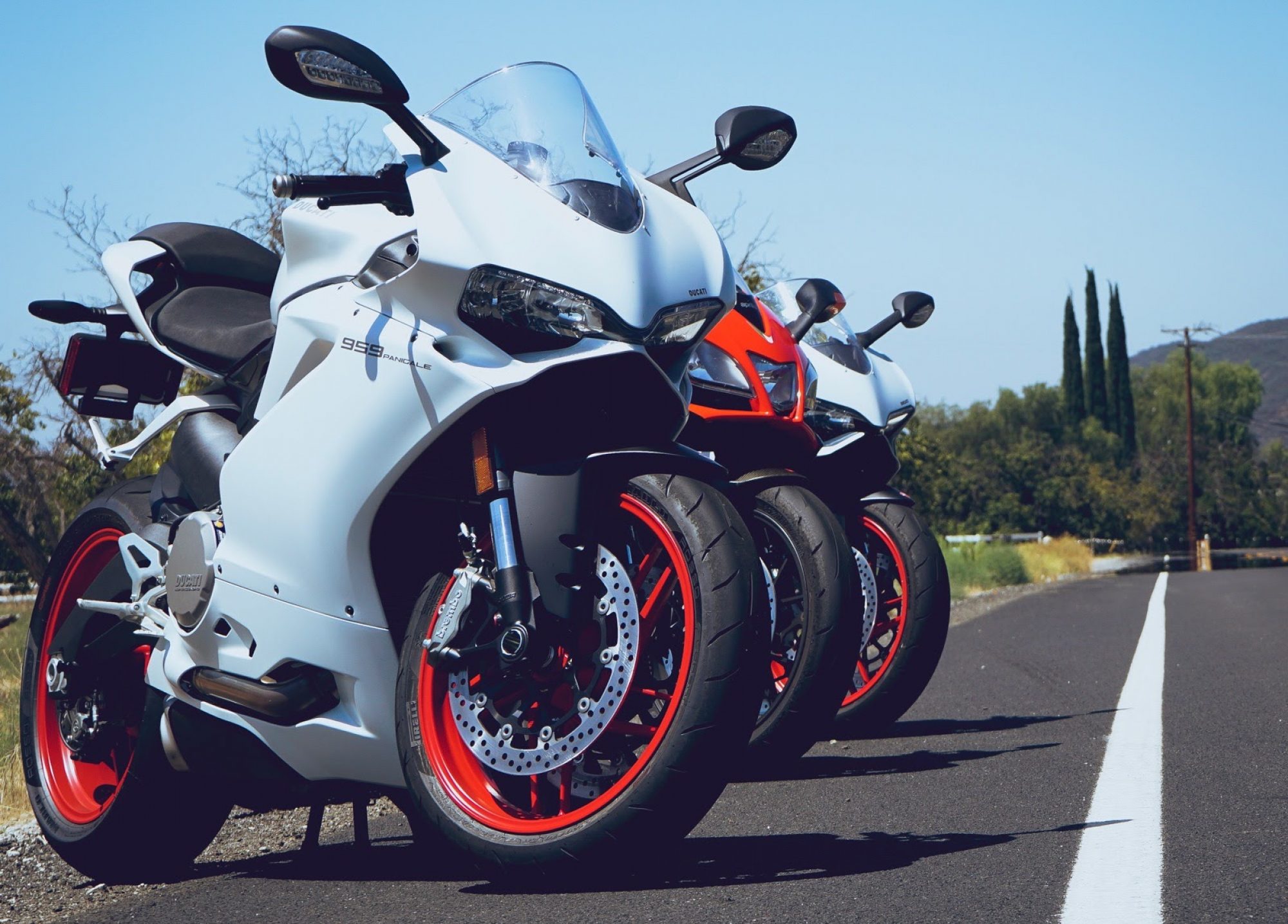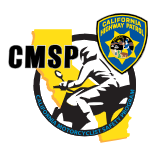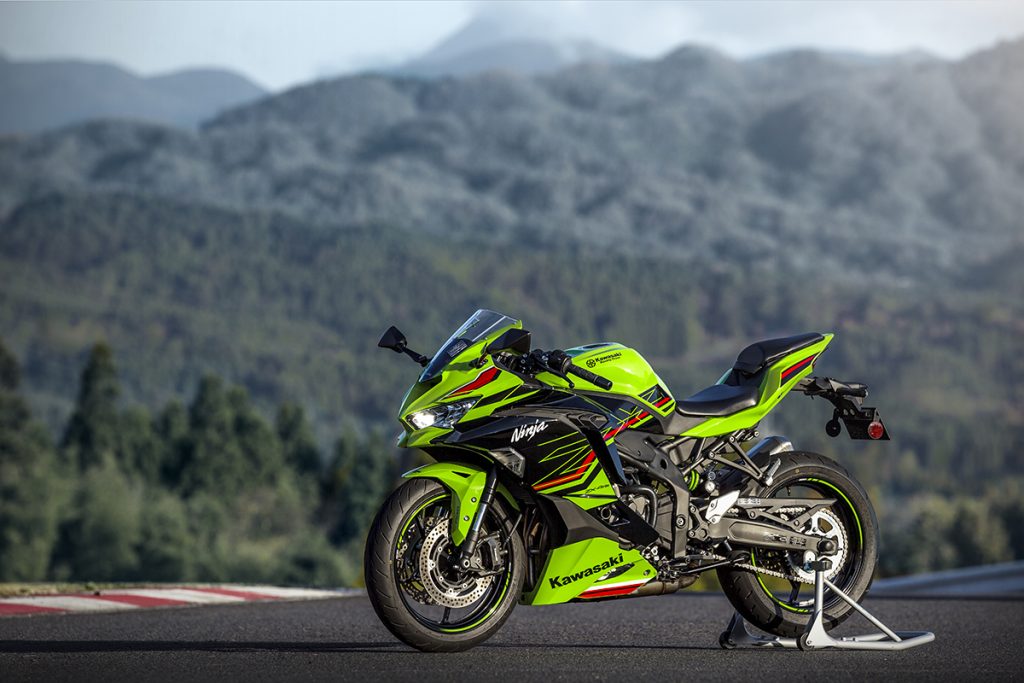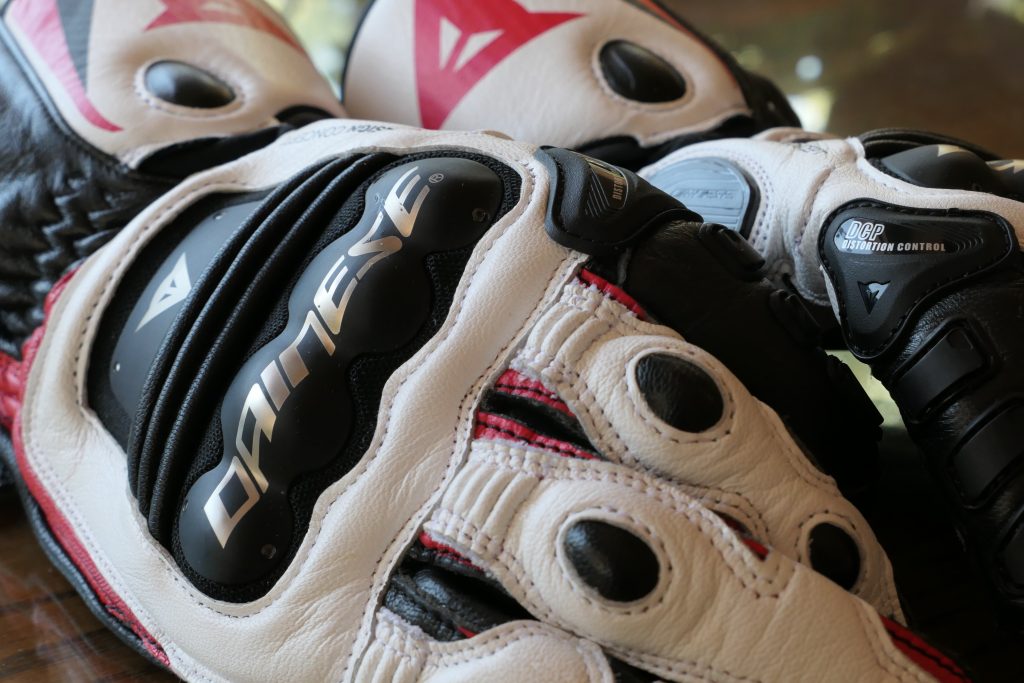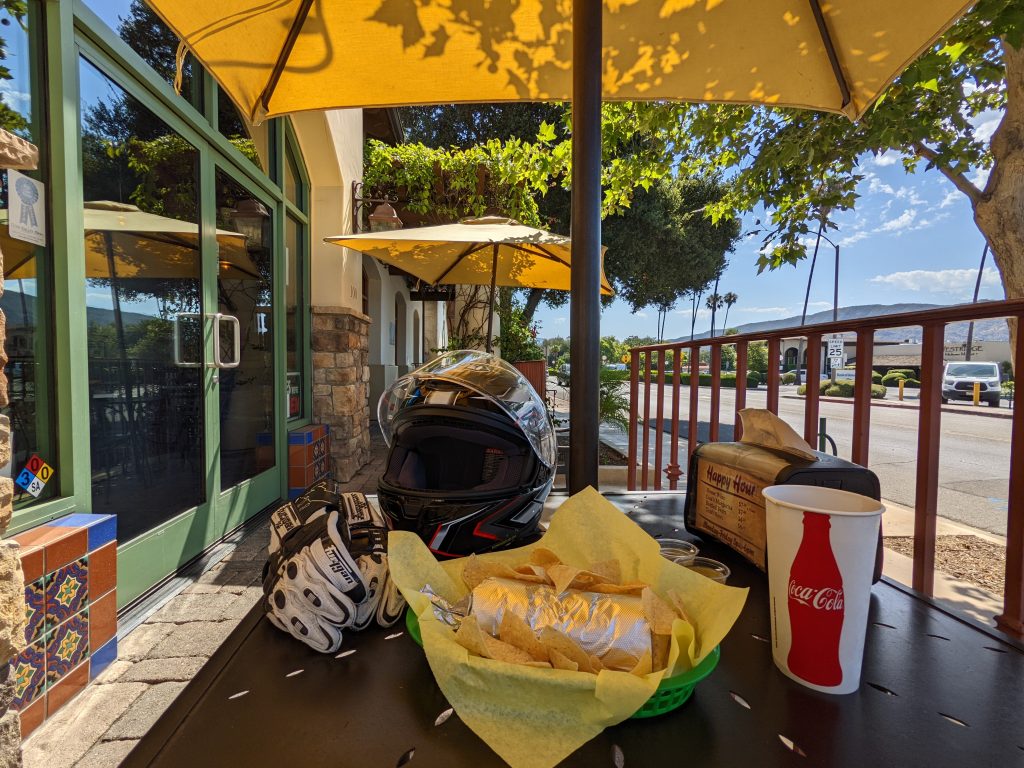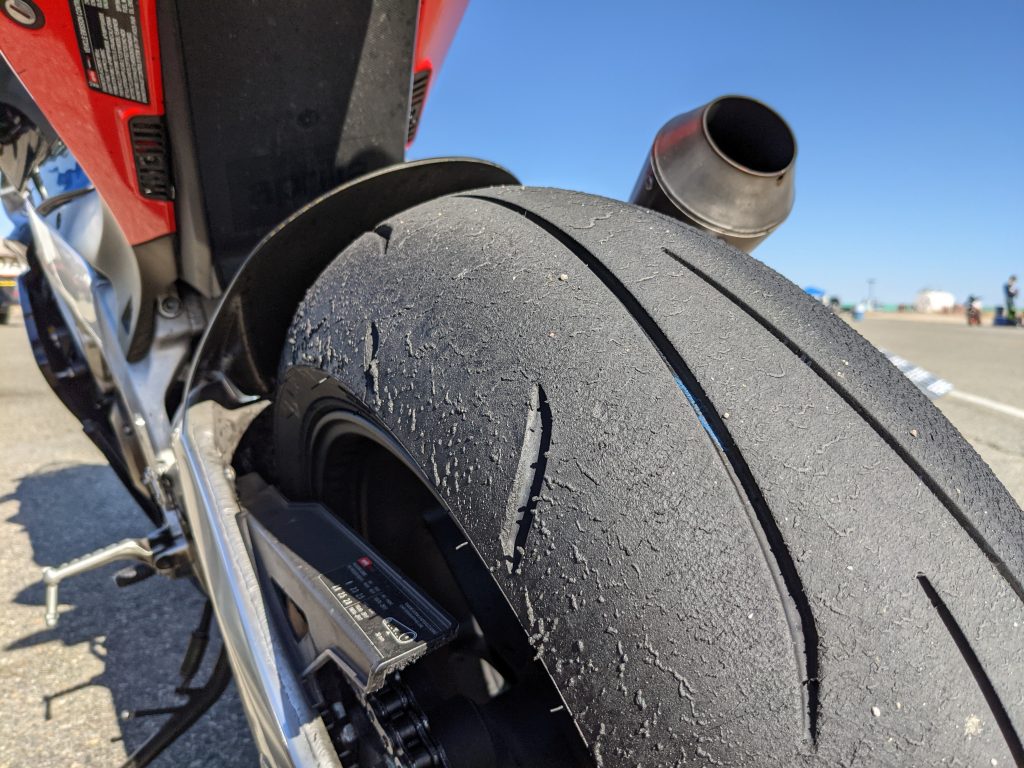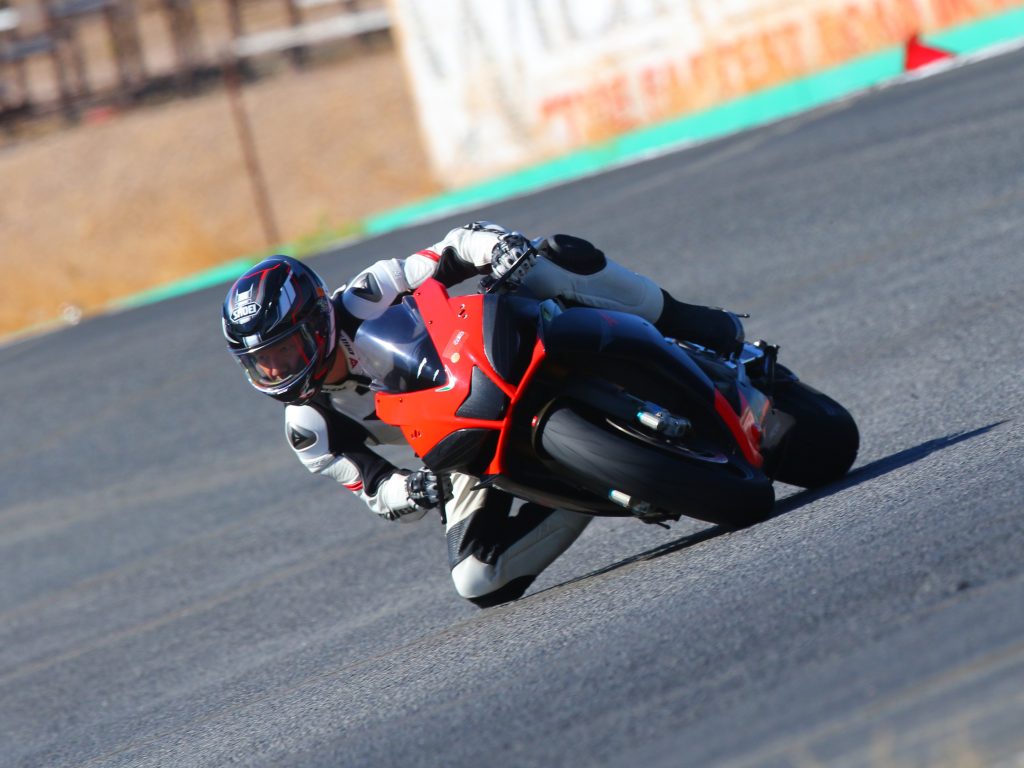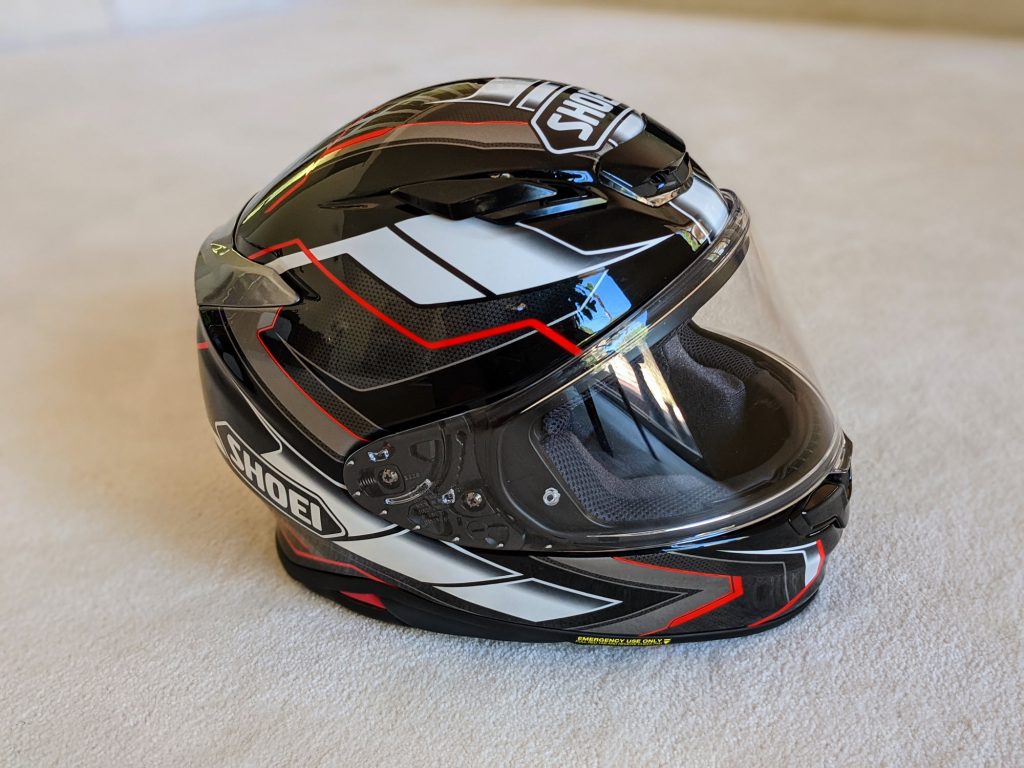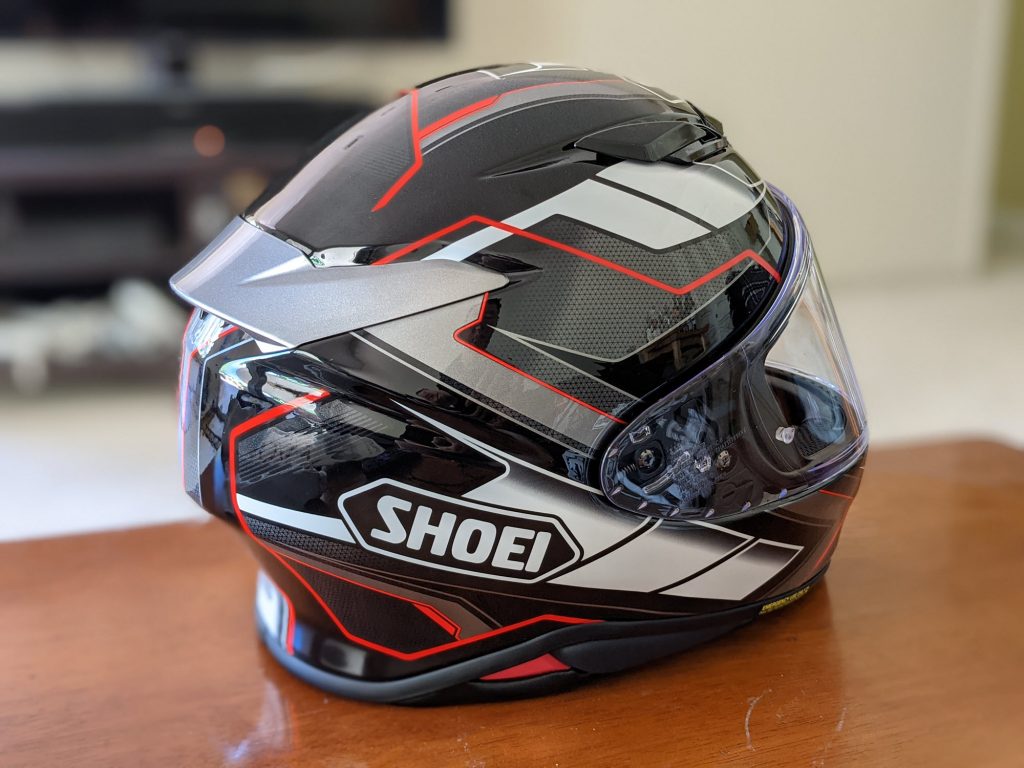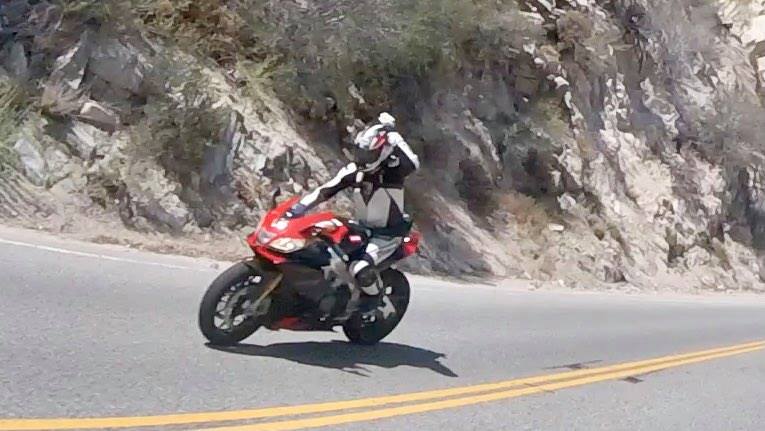Riding your motorcycle in the heat is potentially very dangerous. Dehydration, slow reaction times, and fatigue are just some of the risks. Here are some important tips to stay safe and hydrated in the heat on your motorcycle.
- Consider whether or not it’s a good idea to ride today at all, especially if it’s over 100 F / 40 C. It’s worth thinking about a nice day indoors instead.
- Make sure your bike is in good condition. Coolant, tires with plenty of tread, tire pressure, and oil levels are all simple checks that can be done ahead of time.
- Avoid routes with long stretches where help or cellular service are not available.
- Stay hydrated. Drink plenty of water or a sports drink before you start.
- Pack a bottle of water or a sports drink.
- Plan extra and frequent stops ahead of time – do not underestimate the importance of rest.
- Plan stops somewhere where you can buy more water or sports drinks.
- Hydrate every time you stop.
- If you feel the least bit not well (dehydrated, dizzy, nauseous, off-balance), pull over in a shady area and hydrate. Rest until you’re 100% sure you’ve recovered.
- In a worst case scenario where you can’t recover, consider calling a tow service. It’s really inconvenient, but it’s so much better than crashing.
It’s important to be extra cautious when riding in the heat. Even a simple mechanical failure can mean getting stuck in the heat for hours if you don’t take the proper precautions. If you follow these tips to stay safe and hydrated in the heat on your motorcycle, you’ll reduce the risk of a bad situation on a really hot day. Anytime you can reduce your risks when riding a motorcyle is key.
